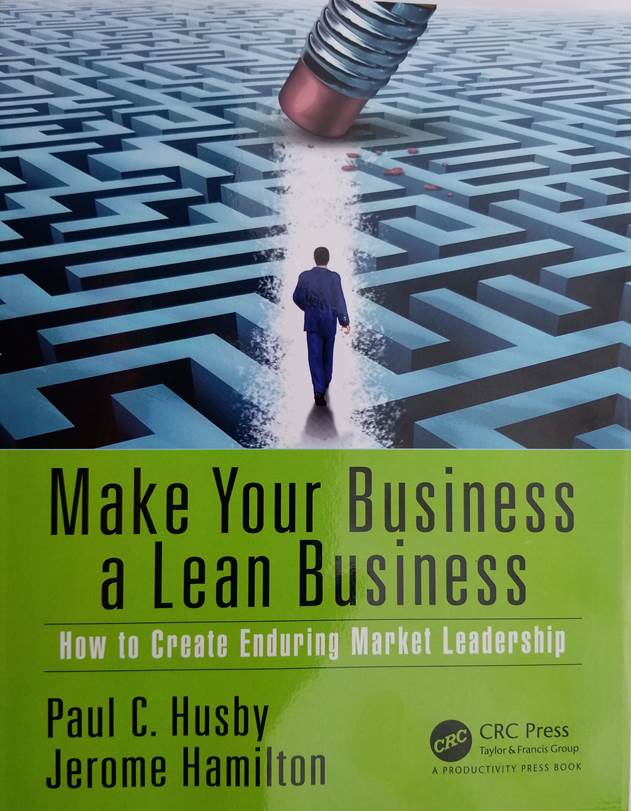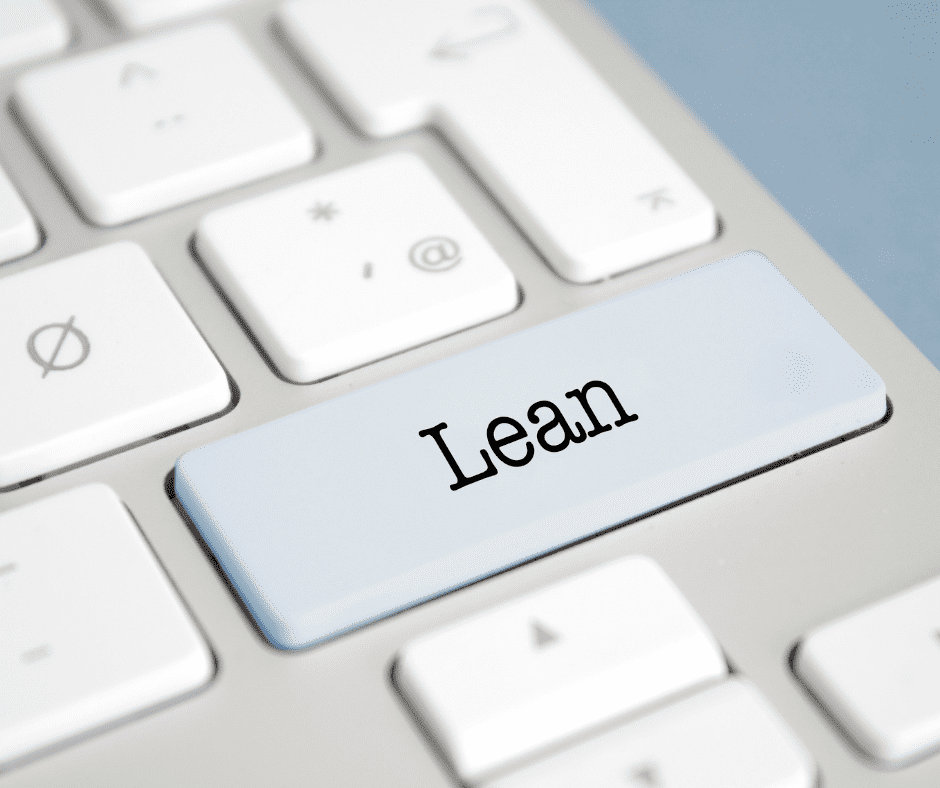By Laser 1 Technologies
Make Your Business A Lean Business
Lean Manufacturing is a prominent business philosophy that you’ve doubtless encountered in your manufacturing life. It’s best exemplified by Toyota, which “not only is the world’s largest vehicle manufacturing company but also produces more profit than all American carmakers combined,” according to a brand new book on my desk.
That book is Make Your Business a Lean Business, by Paul C. Husby and Jerome Hamilton. Full disclosure: Jerome and I go way back, and I’m delighted that he’s finally sharing his expertise in Lean Manufacturing principles with the world.
Toyota: Masters of Lean Manufacturing
While Husby and Hamilton delve briefly into such forefathers of Lean Manufacturing as Eli Whitney, who is famous for the cotton gin but whose real genius was recognizing the revolutionary economy of interchangeable parts, it’s no surprise that they keep returning to Toyota as their primary case study. The Toyota Production System (TPS) represents the origins of Lean Manufacturing, which was key to Toyota systematically increasing customer satisfaction and profit while decreasing waste.
Reducing Waste: The Heart of Lean Manufacturing
TPS starts by focusing on eight specific forms of waste, as cited in the book to “provide clarity in identifying system waste and making it easy to find value stream improvement opportunities”
- Overproduction: Making more than is needed
- Transport: Excessive movement of materials
- Motion: Inefficient movement of people
- Waiting: Underutilization of people
- Inventory: Material laying around unused (often a symptom of another waste)
- Overprocessing: Manufacturing to a higher quality standard than expected by the customer
- Defect Correction: Time spent fixing defects, including the part that gets thrown away and the time it takes to make the product correctly
- Underutilized talent and skills
While this isn’t the first book on Lean Manufacturing, its hallmark is applying Lean Manufacturing holistically to the entire business, not just to the factory floor. Anyone who’s interested in maximizing competitiveness, ROI and customer satisfaction would benefit from this book’s roadmap.
Building Enduring Success
The authors don’t pull any punches, launching the introduction with some sobering statistics:
Who needs this book? At least 85% of all companies in existence today! Why? Look at history and see the probability of your company existing for the next 50 years. Of the 500 companies listed on the S&P 500 in 1957, only 15% are listed today. Nearly half of the 25 companies included in Peters & Waterman’s 1982 book In Search of Excellence do not exist today.
If you’d like your business to emulate the success of a company like Toyota–if you want it to be thriving 50 years from now–studying the principles of Lean Manufacturing is essential, and Make Your Business a Lean Business: How to Create Enduring Market Leadership, by Paul C. Husby and Jerome Hamilton offers some powerful lessons.




